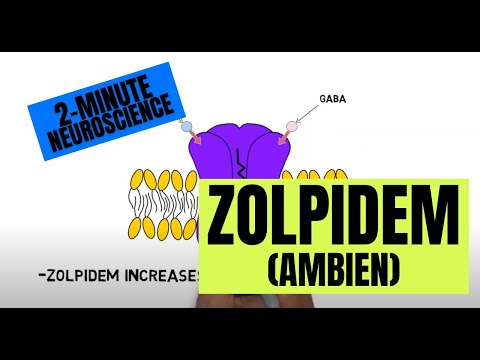- Subjects: Neurosciences
- |
- Contributor:
- Neuroscientifically Challenged
- tobacco
- drugs
- nervous system
- behavioral effects
- addiction
This video is adapted from: https://www.youtube.com/watch?v=I02WbuLiivw
Nicotine is the main psychoactive component of tobacco. It primarily exerts its effects by activating, or acting as an agonist, at certain receptors for the neurotransmitter acetylcholine. These receptors, known as nicotinic acetylcholine receptors, are found throughout the central and peripheral nervous systems. When nicotine binds to nicotinic acetylcholine receptors, it typically causes depolarization of the neuron they are found on and the resultant release of a variety of neurotransmitters.
Nicotine’s action at acetylcholine receptors is thought to be the starting point for the drug’s behavioral effects, but exactly how it produces these effects is not completely clear. Nicotine’s rewarding and addictive qualities are thought to be linked to its ability to cause increased dopamine levels in areas like the nucleus accumbens. Nicotine also increases acetylcholine release, which might contribute to the enhanced attention and cognitive function associated with its use. And its ability to increase norepinephrine activity might contribute to the heightened arousal caused by the drug. In all of these effects, however, it’s likely multiple neurotransmitter systems are involved.
Nicotine also acts on nicotinic acetylcholine receptors in the peripheral nervous system, where it can lead to increased sympathetic nervous system activity like an elevated heart rate and blood pressure. It also causes the increased release of catecholamines like epinephrine from the adrenal glands, which can further enhance this sympathetic activity.
Although nicotine first activates nicotinic acetylcholine receptors, it subsequently causes the receptors to become desensitized, or less responsive, increasing tolerance to repeated uses of the drug. As more receptors become desensitized, the brain tends to up-regulate, or add more, acetylcholine receptors. These increased receptor numbers might play a role in the withdrawal and craving that occurs when nicotine administration is ended.[1][2][3]
- Dani JA, De Biasi M. Cellular mechanisms of nicotine addiction. Pharmacol Biochem Behav. 2001 Dec;70(4):439-46.
- Grenhoff J, Svensson TH. Pharmacology of nicotine. Br J Addict. 1989 May;84(5):477-92.
- Zevin S, Gourlay SG, Benowitz NL. Clinical pharmacology of nicotine. Clin Dermatol. 1998 Sep-Oct;16(5):557-64.


























































































































































